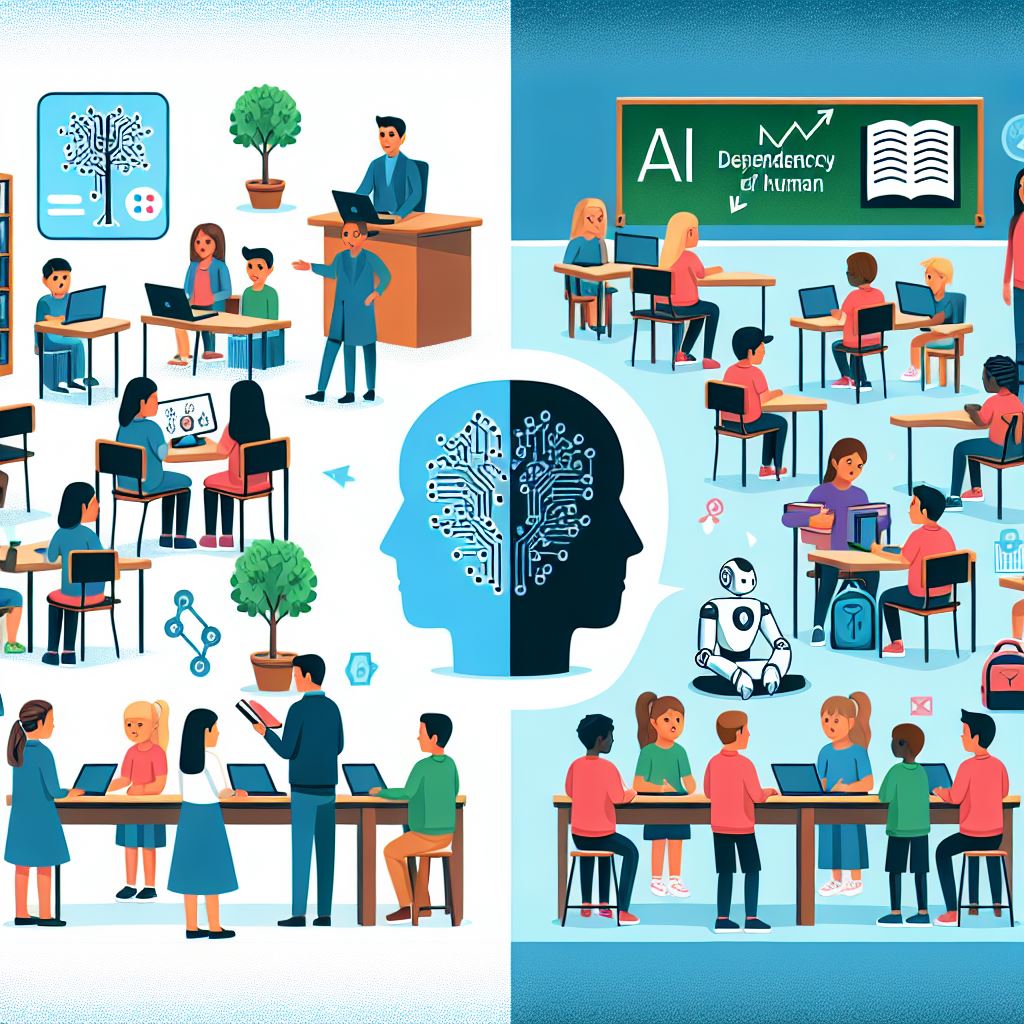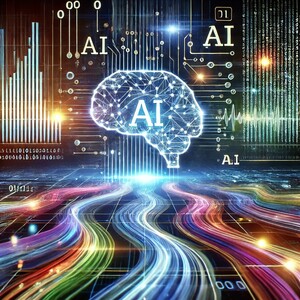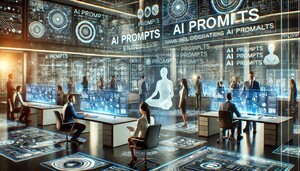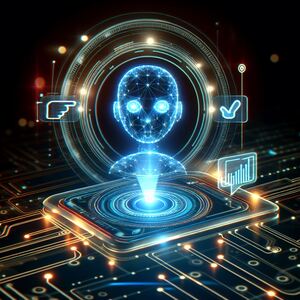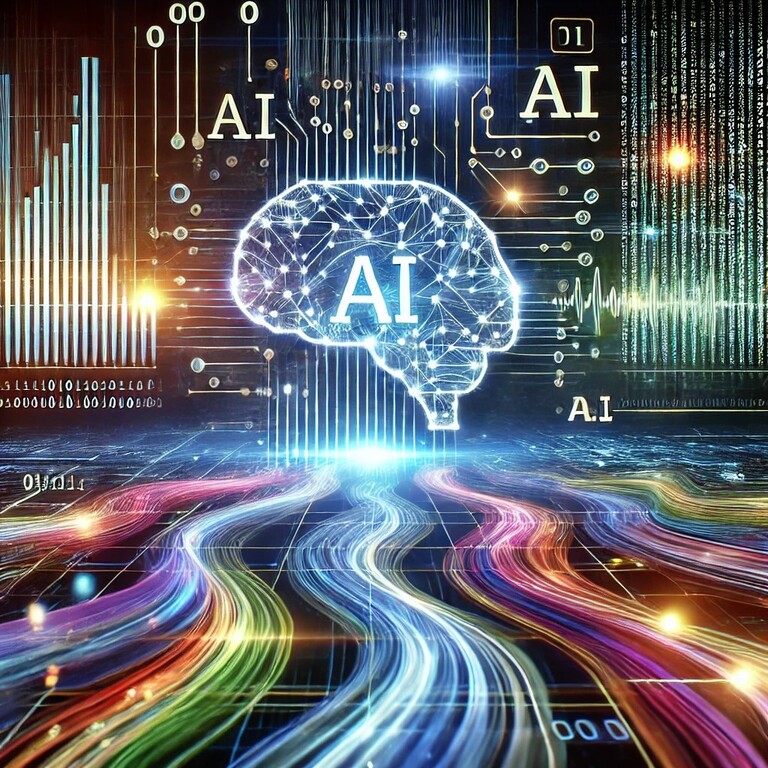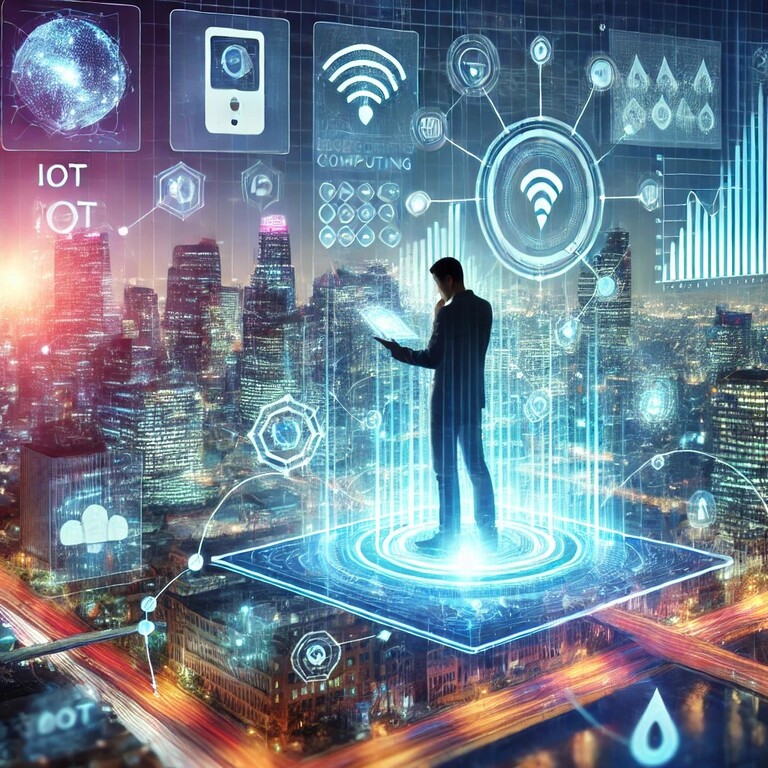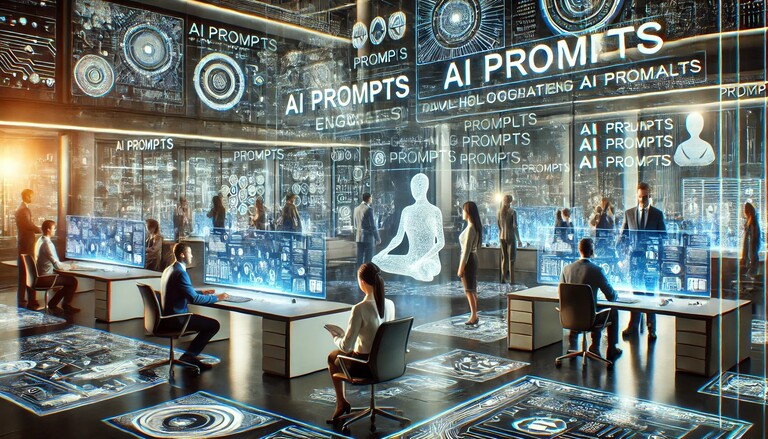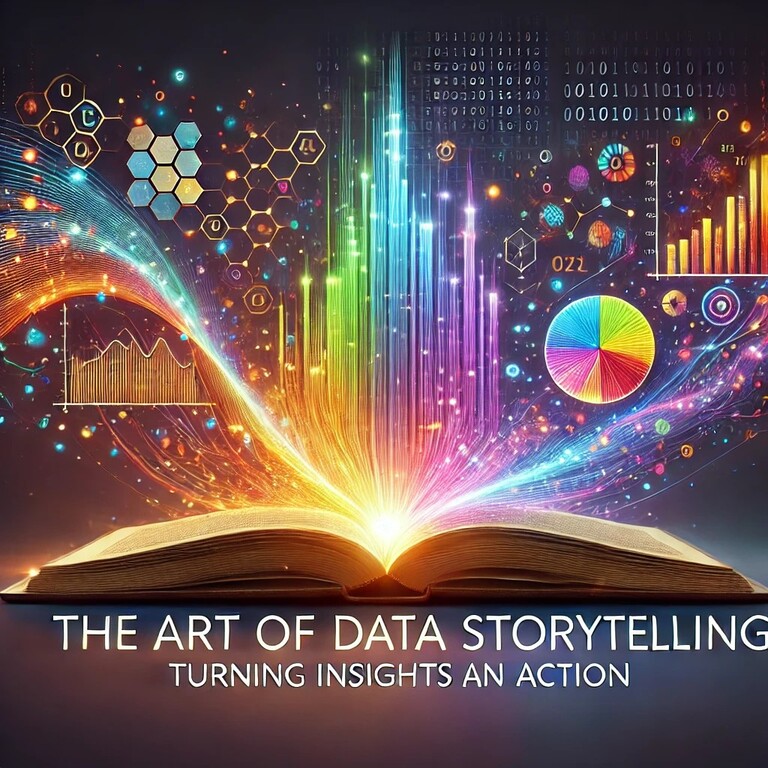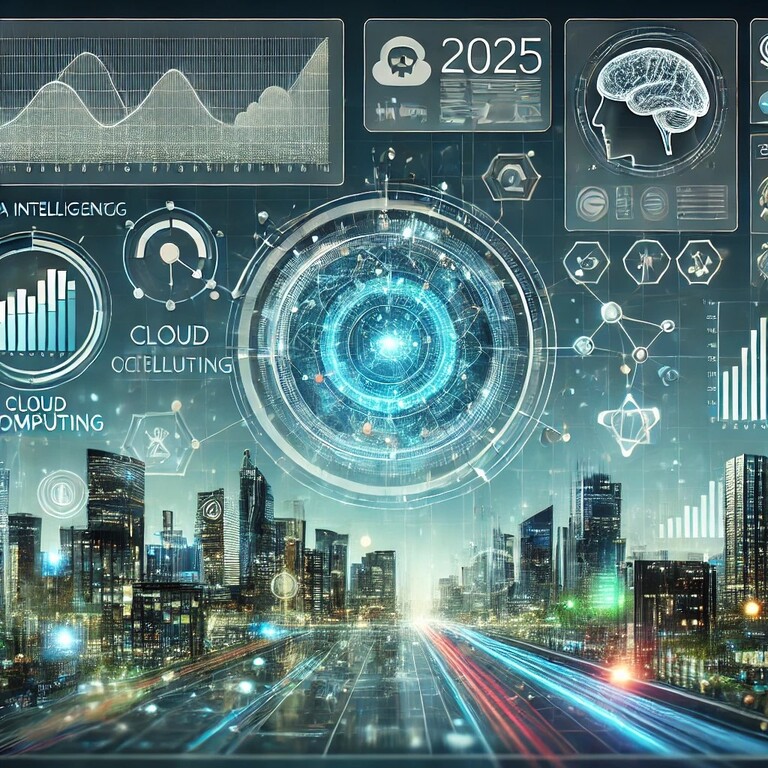Artificial Intelligence (AI) is rapidly transforming industries across the globe, and education is no exception. From personalized learning experiences to administrative efficiency, AI promises to revolutionise the way we teach, learn, and manage educational institutions. However, as with any disruptive technology, AI comes with its own set of challenges, raising questions about its long-term impact on students, teachers, and the broader educational landscape. In this blog, we will explore both the positive and negative aspects of AI in education, illustrating how it can be a double-edged sword.
The Promise of AI in Education
1. Personalized Learning
One of the most significant advantages AI brings to education is the ability to personalize learning. AI-powered tools can analyze individual student data and tailor lessons according to their specific needs. These tools can identify learning patterns, assess strengths and weaknesses, and provide customized feedback. For example, platforms like Khan Academy and Coursera use AI to recommend courses or resources based on a student’s learning progress. This level of personalization ensures that students are neither left behind nor bored by content that doesn’t challenge them.
2. Automation of Administrative Tasks
Teachers and school administrators spend a considerable amount of time on administrative tasks such as grading, scheduling, and monitoring attendance. AI-powered systems can automate many of these tasks, allowing educators to focus more on teaching and student interaction. For instance, AI tools can automatically grade assignments, freeing up time for teachers to engage with students more effectively.
3. Intelligent Tutoring Systems
AI-powered tutoring systems, like Carnegie Learning and Squirrel AI, offer students on-demand support in subjects like mathematics, science, and language arts. These systems act as virtual tutors, providing explanations, answering questions, and helping students practice concepts at their own pace. By supplementing traditional teaching methods, AI-driven tutoring systems ensure that students receive immediate assistance, fostering deeper learning.
4. Enhancing Accessibility
AI also plays a pivotal role in making education more accessible. For students with disabilities, AI-driven tools like speech-to-text software, language translation services, and reading aids can significantly improve learning outcomes. AI can help break down barriers, ensuring that all students, regardless of their physical or cognitive challenges, have equal access to educational resources.
The Dark Side of AI in Education
While the advantages of AI in education are undeniable, the technology’s rise also brings with it potential risks and concerns. It is essential to understand the challenges it introduces to ensure that AI doesn’t inadvertently harm students, educators, or the educational system.
1. Privacy and Data Security
AI relies on vast amounts of data to function effectively. For AI-driven platforms to personalize learning, they need access to detailed information about students, such as their academic performance, learning habits, and even personal details. This raises serious concerns about data privacy. Schools and educational institutions must ensure that students’ data is protected from breaches and misuse. The potential for data exploitation by third-party companies is also a significant risk, as AI platforms often involve partnerships with private companies.
2. Bias and Inequality
AI is only as unbiased as the data it is trained on. Unfortunately, many AI systems can inadvertently perpetuate biases present in the data used to train them. For instance, if an AI system is trained on data that reflects societal inequalities or historical discrimination, it might inadvertently provide biased recommendations or assessments, leading to unfair treatment of certain student groups. This could reinforce existing educational disparities and disproportionately affect students from underprivileged backgrounds or minority communities.
3. Job Displacement
AI’s ability to automate tasks raises concerns about job displacement in education. As AI takes over administrative duties, some administrative staff may find their roles at risk. More controversially, as AI-driven tools evolve, the need for human tutors or even teachers might be called into question. While AI can supplement teaching, it cannot replicate the emotional intelligence, creativity, and human connection that teachers bring to the classroom. The fear is that over-reliance on AI may devalue the role of educators and lead to job losses in the education sector.
4. Dehumanization of Education
At its core, education is not just about imparting knowledge—it’s about nurturing relationships, fostering critical thinking, and preparing students for life beyond the classroom. The growing reliance on AI could result in a more mechanical, impersonal form of education. While AI can simulate interactions, it cannot replace the emotional support and mentorship that teachers offer. If students interact primarily with machines, there is a risk of dehumanizing the learning experience and diminishing the essential role of human educators in shaping young minds.
5. Over-Reliance on Technology
As AI takes center stage in educational settings, there is a risk that students may become overly reliant on technology. If AI-driven systems are used to constantly guide students, they may struggle to develop critical thinking skills, creativity, and problem-solving abilities. The reliance on AI for tutoring and personalized feedback could hinder students from learning how to learn independently or manage challenges without technological intervention.
Striking a Balance: Harnessing AI for Good
To fully harness the potential of AI in education, we must ensure that its integration is done thoughtfully and responsibly. Here are some ways we can mitigate the risks associated with AI:
- Establishing Strong Ethical Standards: AI systems must be developed with ethical considerations in mind, particularly when it comes to data privacy and preventing bias. Schools and tech companies should work together to create transparent, secure, and fair AI tools.
- Human-AI Collaboration: AI should be viewed as a tool that enhances, not replaces, human educators. By leveraging AI to support teachers and students, we can foster an environment where technology works alongside human intelligence to create a more effective and personalized learning experience.
- Equitable Access: Ensuring that AI-powered educational tools are accessible to all students, regardless of socioeconomic status, is critical. Governments and organizations should invest in making AI technology available in underserved communities to prevent widening the educational gap.
- Continuous Monitoring and Adaptation: As AI technology evolves, it’s essential to continuously monitor its impact on students and teachers. Educators should provide feedback on AI systems, ensuring that they are not replacing essential human interaction and that they align with pedagogical goals.
Conclusion: A Double-Edged Sword
AI in education offers immense promise, from personalized learning experiences to greater administrative efficiency. However, it is not without its pitfalls, including privacy concerns, bias, and the risk of dehumanizing education. By approaching AI integration thoughtfully and ethically, we can unlock its full potential while minimizing the risks. The key is to strike a balance between harnessing AI’s capabilities and preserving the human touch that is essential to effective education. As we move forward, it is crucial to ensure that AI is used as an ally in the classroom, not a substitute for the relationships and values that define great teaching.

